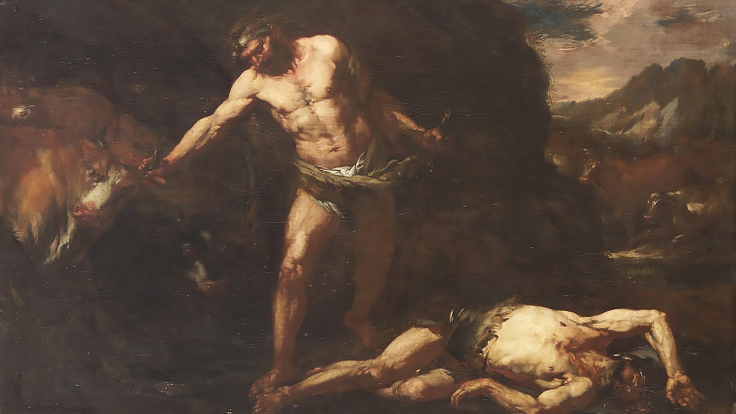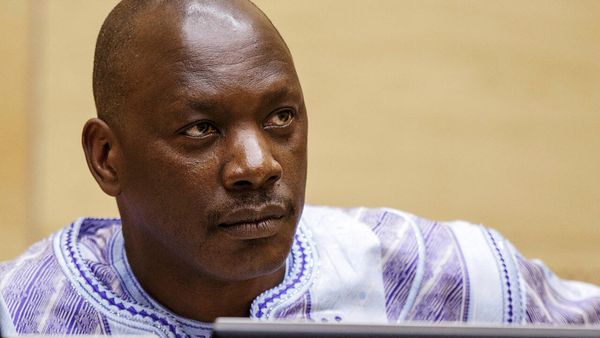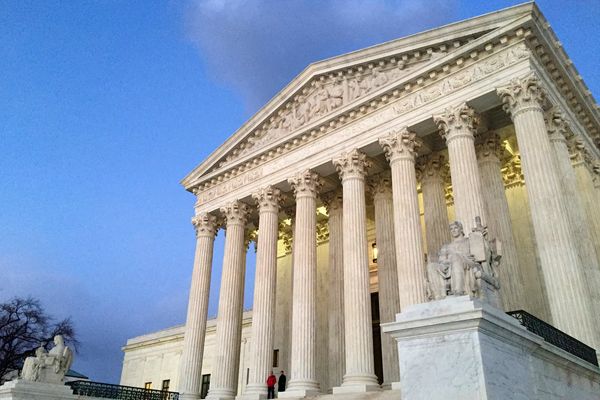
Throughout history, cultural artifacts and traditions have faced many threats. Wars, natural disasters, theft, and simple neglect have all contributed to the loss of important cultural heritage. Today, digital technology offers new ways to protect and share cultural treasures.
Just as people convert USD to XRP to participate in newer financial systems, institutions are converting physical heritage into digital formats. One of the most promising approaches is tokenization using blockchain technology.
What is Tokenization?
Tokenization represents the process of creating a digital token that stands for something valuable in the real world. Such tokens live on blockchain systems- a specific record-keeping technology that stores information across many computers instead of one main place. Very hard to erase or change information once it has been put on a blockchain. Associated with each token is a unique code that allows its ownership and history to be confirmed and traced.
When applied to culture and heritage preservation, tokenization is towards the creation of permanent digital records of artifacts, historical sites, traditional knowledge, and cultural practices. It may include such digital representations as detailed images, 3D scans, and documentation videos that capture the essence and significance of these artistic treasures.
Preserving Physical Artifacts
Many museums and cultural institutions have started creating digital tokens for their most valuable items. These digital records serve multiple purposes:
First, they create a backup of the item's existence and appearance. If the physical object is ever damaged or destroyed, detailed digital information remains. This proved valuable after a major fire at a historical museum when digital records helped experts understand what was lost and guide restoration efforts.
Second, tokenization establishes clear ownership records. This is especially important for items that might have disputed ownership or that were taken from their places of origin during colonial times. Digital tokens can help track an item's history and support efforts to return cultural treasures to their rightful communities.
Third, tokenized artifacts can be shared globally without moving the physical items. People from around the world can view detailed digital representations of cultural treasures that they might never have the opportunity to see in person.
Protecting Intangible Cultural Heritage
Not all cultural heritage exists as physical objects. Many important cultural elements are intangible - traditional dances, songs, stories, languages, and knowledge passed down through generations. These artistic expressions face their preservation challenges as younger generations move away from traditional communities or adopt different cultural practices.
Tokenization helps preserve these intangible treasures by:
- Creating permanent digital recordings of performances, ceremonies, and oral histories
- Documenting traditional knowledge, such as medicinal practices or craft techniques
- Establishing community ownership of cultural expressions
- Generating income that supports ongoing cultural practice
Funding Cultural Preservation
Preserving cultural heritage requires resources. Many important historical sites, artifacts, and traditions lack adequate funding for proper care and documentation.
Tokenization creates new funding opportunities through:
- Direct sale of digital tokens to museums, researchers, and collectors
- Ongoing royalty payments when tokenized content is used
- Crowdfunding models where many people contribute small amounts
- Creating broader awareness that leads to increased support
A historical site facing deterioration used tokenization to fund its preservation. They created detailed digital scans of the site and offered tokens representing different areas. Supporters purchased these tokens, generating funds for physical restoration work while also receiving special access to digital content about the site's history.
Challenges and Considerations
While tokenization offers promising solutions for cultural preservation, it also presents challenges:
- Access to Technology: Creating and managing digital tokens requires technical knowledge and equipment that may not be available to all communities, particularly those in remote areas or with limited resources.
- Digital Preservation: Digital records themselves need preservation strategies. As technology changes, older digital formats may become difficult to access.
- Community Control: The communities who created cultural heritage must maintain control over how it is tokenized and shared. Without proper safeguards, tokenization could lead to new forms of exploitation.
- Environmental Concerns: Some blockchain systems use significant energy resources, raising questions about environmental impact.
Despite these challenges, many cultural institutions and communities are finding ways to implement tokenization thoughtfully. They are developing best practices that respect cultural ownership while leveraging technology for preservation.
Looking Forward
As tokenization technology continues to develop, we can expect new approaches to cultural preservation. Future developments might include:
- More accessible tools that allow any community to digitize and tokenize their cultural heritage
- Virtual reality experiences that let people interact with tokenized cultural sites and artifacts
- Integration of artificial intelligence to help translate and explain cultural context
- New governance models that balance preservation, access, and community control
The most successful approaches will combine technological innovation with deep respect for the cultural significance of what is being preserved. By bringing together traditional knowledge keepers and digital experts, tokenization can help ensure that important cultural heritage remains available for future generations.
Conclusion
Tokenization, as the preservation of cultures, stands as a persuasive union of ancient wisdom and modern technology. The digital incarnation could never quite replace the primary experiences that human beings have with cultural heritage, but there is an important layer of protection and access afforded by tokenization. With everlasting verifiable records of humanity's artistic accomplishments, we develop links between grandparents and grandchildren.
© 2025 Latin Times. All rights reserved. Do not reproduce without permission.








